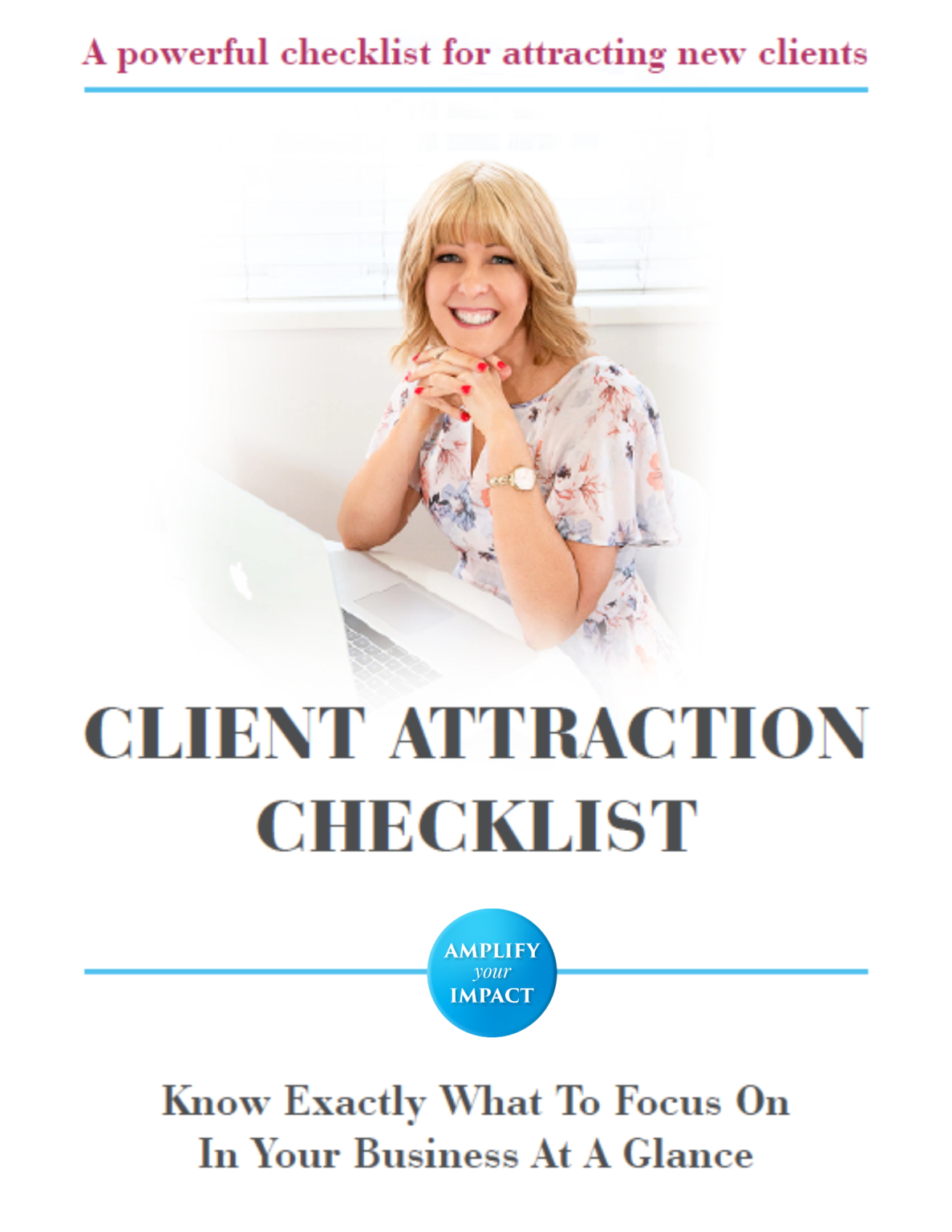We are collectively walking together through a crisis period, one that is filled with great uncertainty for many of us.
We are in a time of loss. We still have so much to be grateful for, yet we have also lost a lot.
And I believe important to acknowledge that and grieve the loss in a healthy way.
I think it’s wise to acknowledge and feel our feelings, whatever they are.
None of us have ever been through this. And many of us are struggling to adapt to the changes that have happened so fast.
Stress happens when our bodies feel fear and we don’t process our thoughts and feelings in a healthy way.
We can’t function and perform well for ourselves, our clients, our communities or our businesses if we live in a constant state of stress.
We can’t pour from an empty cup.

So the first step is becoming aware of what’s happening internally.
How we walk out this crisis is determined by the mindset we choose as we navigate through it.
I’ve recently noticed a cycle in my own thinking through this time, and also in the thinking of some of my clients and friends.
I have named this cycle the 5 stages of mindset change.
In this video and article I share the 5 stages in the cycle and how they manifest in your life, so you can determine how to move to the next stage and use this time to become more resilient.
Stage 1 – React
The first mindset change is to react. We are all reacting very differently to the circumstances around us.
There’s one thing we can’t control and that’s the circumstances around us.
The circumstance is neutral until we put thought and meaning to it. A circumstance cannot make us feel anything.
There are plenty of things we can control, like our thoughts, our emotions, our actions, and our results.
This isn’t anything new, this is well-known in the world of psychology.
This is the way our brain works and what happens when we realise that our reaction to a circumstance is within our control.
We might not control our initial impulse to react, but we can control the meaning we give to the circumstance.
We can control our thoughts about the circumstance, which then controls our feelings about it. Our actions and behaviours follow on from there.
Realising there is so much we can control is very helpful when we feel out of control with a lot of uncertainty in our lives.
We all react differently. Some people are in different stages. If you think about the stages of grief, there is shock, then there’s numbness. I’ve definitely had some numbness where I’ve found I’m not remembering things and my brain is foggy.
Some of us do what I call going to ‘BED’.
B is for blame
E is for excuses
D is for denial.
We might rotate between blaming other people and blaming ourselves for how we feel. We make excuses. We can start saying that we are not going to achieve our goals or we are not going to move forward.
We can deny our feelings and the changes and almost ‘pretend it’s not happening. In this stage we are reacting to what’s happening rather than taking control of our responses. It’s like we want to just hang out until it’s all over.
Stress occurs in a number of ways and can show up in physical, mental, emotional and behavioural red flags. We might feel irritable, moody and unmotivated. We might find ourselves over-consuming and indulging in bad habits. These are all symptoms of stress and occur in the ‘react’ stage.
Stage 2 – Reflect
In this stage, we start to reflect on how we’ve chosen to react. Some people never make it to the reflecting stage.
Have we chosen to retreat or advance, to become stronger and grow, or have we hidden from facing the reality of the crisis?
To reflect is healthy. Be open with yourself about how you are feeling and how you have been handling the situation.
Reflection allows us to GROW from this situation.
We can choose a growth mindset that takes what’s thrown at us and we can use it to become stronger, more powerful and more evolved.
We can live at the ’cause’ side of the equation.
Or we can live at the ‘effect’ side.
We all have a choice. We can choose to retreat or advance, choose to become stronger or diminish during this time. This all starts with reflection.
Stage 3 – Recover
The next stage that a lot of people move to, is what I call recover.
In the recovery stage, we’ve reflected on how we’ve reacted, and then we start to recover.
We start to become more self-aware, self-accepting and accepting of the situation.
We may have been frustrated or angry at having things taken from us.
For example for me, I was so frustrated that I couldn’t use the gym! Going to the gym has been part of my life for 25 years and it was wired into my habits and lifestyle and even identity. It was a coping mechanism.
I would go from feeling frustration at not being able to go to the gym, to feeling guilt and beat myself up for being silly that it’s such a ‘first world problem’. Then I went to feeling compassion for myself for the loss. Even if it seems small and insignificant to someone else.
I’ve realised that I had to grieve the loss of that part of my life. That it’s ok.
Have you lost things that form part of your identity and are also a coping mechanism? If that’s you, I understand.
There is a sense of loss and grieving that comes with any type of loss of something or someone we’re used to.
When you start to recover, you look at the possibilities.
You ask yourself things like “How do I want to be in this season? What can I do differently? How can I meet my needs in a different way, now that restrictions are in place?”
Stage 4 – Reset
The reset stage is a stage where you need to have empathy for yourself and for others.
This is the stage to show yourself kindness, grace and compassion for what you’ve been going through.
This is where the rebooting and recharging kicks in and your creativity gets turned back on.
Recently, I’ve been wanting to plant some things on my balcony. I want to do some painting and I want to write more poetry.
I want to sort out my online systems and I feel more motivated to make changes, whereas in the first few weeks of this, I was feeling numb, confused, lost and a bit all over the place.
In the reset phase, we make empowering changes.
For example I’ve committed to a friend to meet in the park and motivate each other, go for bike rides and take the weights out.
I’ve committed to some non-negotiables of daily sunshine, nature and movement.
I’ve committed to showing up online, regardless of how I feel. I’ve committed to being productive.
The reset stage is putting in some routines, making sure that you have a schedule and keeping some sense of certainty.
Your brain is freaking out right now because there are so many unanswered questions. We don’t know how long this is going to last. There is so much uncertainty.
Having routine brings certainty to your brain. I need a sense of routine every day. I need to stop staying up late. I need to go to bed earlier and get up with a plan every day. I need to stick to my daily plan and weekly goals.
If you’ve fallen down and gotten off of the track, forgive yourself, pick yourself back up again and start showing up in a way that inspires you.
Stage 5 – Resilience

Resilience is your ability to bounce back from stress.
This is where we shift from the stress response to being strong.
Resilience is about acknowledging your feelings of stress and being kin
d to yourself and deciding to use them to grow.
When we are in the resilient stage, we feel strong, resourceful, creative and powerful.
But then something might happen and we find ourselves back in stage 1 as we react again and go back around the cycle again.
We’ve all been feeling certain levels of stress. It’s important to acknowledge that it is stress and that your brain doesn’t feel safe due to the upheaval we have all been experiencing.
When you feel stress rising up in your body, take a moment to do some stress relief actions:
* Deep breathing or meditation.
* Increase your movement and intake of healthy food.
* Externalising your thoughts – journaling, or processing with a coach or friend.
* If you have nervous energy and find yourself scrolling, find something to create something and do things with your hands.
Remember that comforting yourself is different to caring for yourself.
Most of all – be kind to you. You’re doing great, my friend. Even if you don’t think you are.
I know we all try to be strong and independent, powerful leaders, but we’re all going through this together. It helps us if we are open, honest and vulnerable.
When we face these feelings, it allows us to move on to the resilience stage more quickly.
You don’t need to rush to resilience. The by-product of reflecting, recovering and resetting will be resilience.
Love to hear your thoughts.
Are you a service-based business owner?
Do you need help setting up an online funnel, so you can attract new clients?
I’m offer a free 30-minute strategy session here
*First-time sessions
I’ll help you clarity your next steps to building your own, profit-producing marketing funnel, fast.
Looking forward to helping you get more clients online!
Take care and stay strong,
Kat


 As a business owner, you need to pay serious attention to what you’re investing into.
As a business owner, you need to pay serious attention to what you’re investing into.
